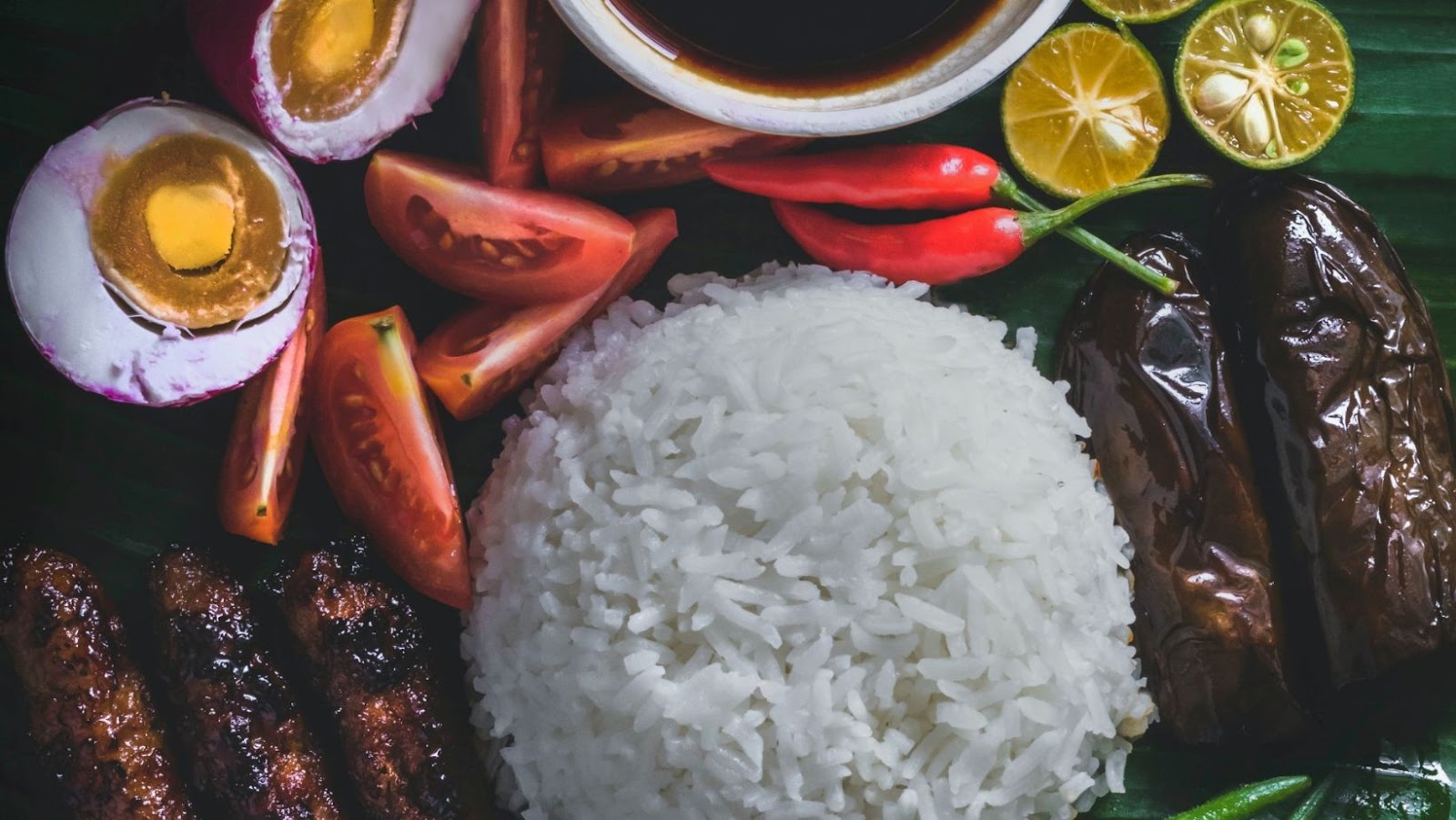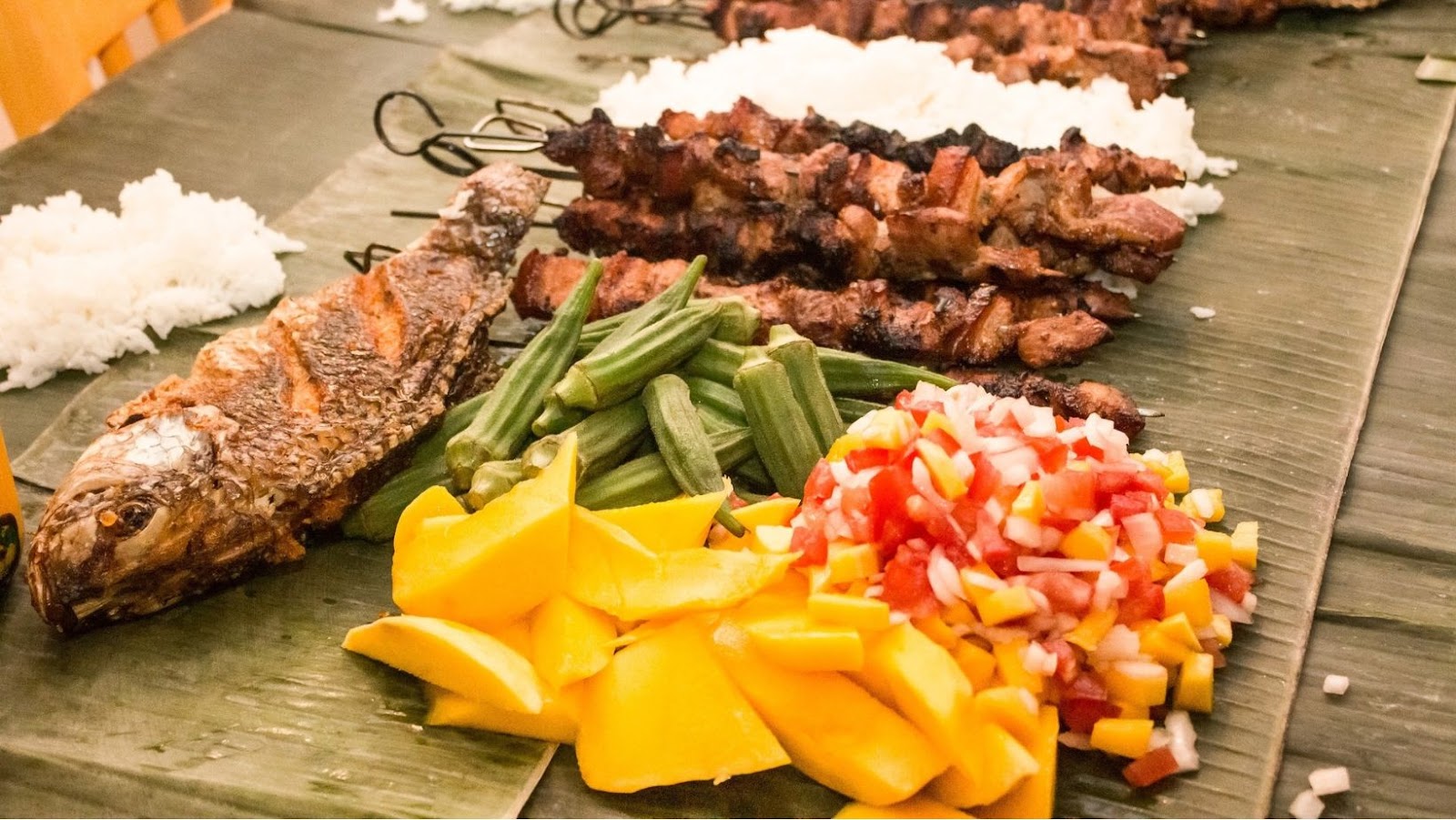Is Adobo Making Filipino Cuisine Underrated? That’s Not All Filipinos Offer!

Adobo is synonymous with Filipino food. While Adobo continues thriving in global recognition, other delicious dishes can’t seem to step outside its shadow. Unfortunate as this may be, this doesn’t get away from the fact that hundreds of Filipino dishes are still absolute must-tries! So, why is Filipino food never given the spotlight it deserves?
Why Is Filipino Food Underrated?
The Philippines is the melting pot of Asia —cultures, traditions, and cuisines coming together in harmony. Or is it? Let’s take a look at some factors contributing to why Filipino food is still underrated.
Mixed Culture and Culinary Influences
300+ years of Spanish occupation, Western influence from the U.S., and a pinch of Japan, Ooops! Spilled quite a bit of Chinese in there. And, just a hint of British. (But we don’t talk about that).

On paper, mixing culinary cultures should produce quality food. The issue is a lack of focus.
For example, Korean food is known to be spicy. You got your Kimchis, Bibimbaps, and Tteokbokki. Meanwhile, Italian food is known for its love for basil, rosemary, and oregano.
Taking from so many influences resulted in the food having no distinct character.
No Distinct Taste
Having no distinct taste isn’t necessarily a bad thing. That just means that you get a variety of takes on food from every corner of the country.
Unfortunately, this holds true for even local cuisine like Adobo. In the Philippines, no two adobo recipes are the same.
Recipes are passed on from generation to generation. How Adobo is cooked can even differ between families that live across the street.
No Complex Flavors
Most known Filipino cuisine involves vinegar, oil, salt, and sugar. These are paired with other basic ingredients like onion and garlic and become the foundation for most Pinoy food.
This results in food that doesn’t have the complex textures of other Southeast Asian cuisines. The food in the Philippines is mainly for practical, everyday living. This can result in a lack of presentation.
Lack of Representation and Presentation
Filipino breakfast, lunch, and dinner are all served with rice. You got your protein plus carbs from rice, and that’s all you need. So, there really isn’t a need to make food presentable.
This is often true for low and sometimes mid-tier Filipino restaurants both in the Philippines and overseas. Some foreigners might say there’s a lack of quality ingredients, preparations, and presentation.
But that might be because they don’t know how to eat the food presented to them.
Foreigners Don’t Know How to Eat Filipino Food
There’s a need to educate foreigners on how to eat food. Some Filipino dishes might as well come with an instruction manual.
For example, some dishes are amazing when paired with the right sauce. Side dips in Filipino food can really turn something that’s “okay” into an unforgettable experience.
Must Try Underrated Filipino Food
Aside from the classic Adobo, lumpia, and sisig, here are three underrated Filipino food you shouldn’t sleep on.
LaPaz Batchoy
Culinary identity is an overall issue in the Philippines. But that isn’t the case for dishes like LaPaz Batchoy, a famous noodle soup from a small area in Iloilo city called La Paz.

The soup is filled with ingredients that explode on your taste buds. You got pork, beef stock, shrimp paste, boiled meat, chicharron, fried garlic, raw eggs, and of course, savory noodles.
Bicol Express
Made in the traditional Bicolona style cooking, Bicol Express is one of the most popular stews in the Philippines that don’t get much love overseas.
Bicol is known natively as “sinilihan” or spiced. It’s made with tons of peppers, creamy coconut milk, shrimp paste, onion, garlic, stock fish, and pork.
Arroz Caldo
This thick rice porridge is the ultimate Pinoy comfort food. It’s a perfect combination of Spanish, Philippine, and Chinese traditions.
You’d often see ingredients like pork, beef, or tofu. And the rice broth is typically made with onion, garlic, and ginger. Although aromatic, it’s usually bland in taste.
The key is adding condiments like soy sauce to bring out the flavor.
Key Takeaways
There’s a lot more Filipino cuisine has to offer aside from Adobo. But, certain factors affect why most Filipino dishes go under the radar, such as:
- Mixed culinary cultures.
- Having no distinct taste.
- Lack of complex flavors.
- Lack of representation.
- Foreigners not knowing the proper way to cook food.




